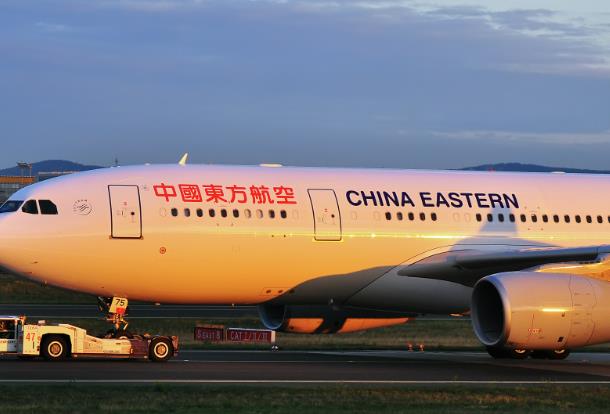Hotel owners fuel the success of OTAs, with the vast majority of OTA revenues from hotel booking-related compensation that typically ranges upward from 15% of the revenue booked via the OTA, although the major brands may pay slightly less.
For a booking sourced through an OTA, a hotel owner may pay 15% to the OTA, 11% to the hotel brand and 2% to a credit card processor.
If a third-party management company is involved, another 3% of gross revenues must be added.
Every TMC/GDS corporate booking, even for those at a locally negotiated rate for a neighboring headquarters, are credited to the brand, via its Central Reservation System (CRS) channel.
Additionally, many hotel brands forbid member properties from hosting their own websites and/or booking engines, instead, offering a unified brand-centric channel that is also funneled through the brand’s CRS channel.
It is the simplicity of the OTA business model that bolsters an OTA’s margin justification – they efficiently produce bookings with limited associated risk.
OTAs heavily reinvest hotel sourced profits into direct advertising efforts.
In 2016, Priceline and Expedia collectively allocated nearly $6.5 billion, approximately a third of their aggregate gross profit, to advertising.
In 2017, that spend will total more than $9 billion – over double the direct advertising spend of the top five hotel brands combined.
This partly results from the ability of the OTAs to secure $16 billion in commissions, compared with the hotel brands billing $11 billion in royalty fees.
Read original article




